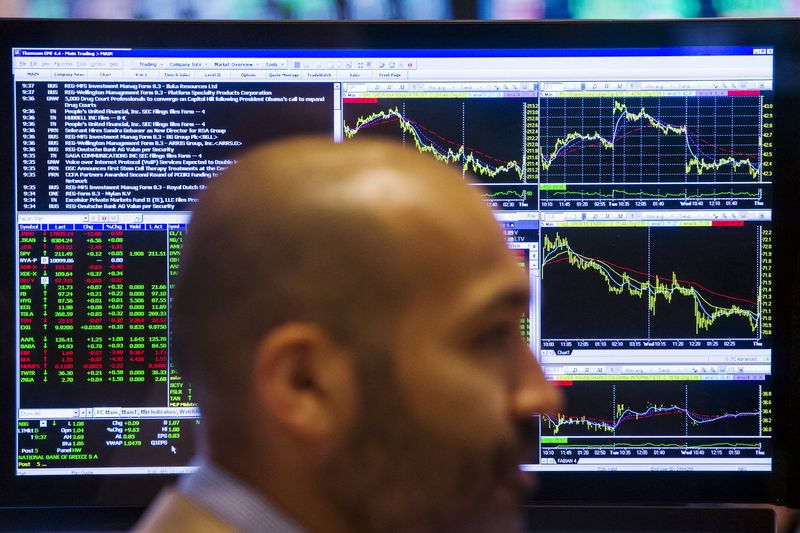This post was originally published on this site
https://i-invdn-com.akamaized.net/news/LYNXNPEB6U08A_M.jpg
(Reuters) – Perbacco, the upscale Italian restaurant in San Francisco’s Financial District, had a new takeout menu and a skeleton crew to offer outside service as the coronavirus pandemic first forced cities and states to cancel indoor dining.
But after coronavirus cases surged across California, San Francisco indefinitely postponed the re-opening of indoor dining at 50% capacity, just before Governor Gavin Newsom banned indoor restaurant dining across the entire state.
The lingering uncertainty was the last straw for Perbacco co-owner Umberto Gibin. Takeout and outdoor dining have not been enough to offset costs. Come this Friday, he will shut everything down, with the hope that after Labor Day the city will allow indoor dining and he can re-open.
“It’s time to take a break,” he told Reuters in a phone interview.
As cases surge in California, Texas, Arizona, Florida and elsewhere, bars and restaurants with indoor dining face new shutdown orders.
Restaurant owners feel whipsawed, left with kitchens full of perishable food, plexiglass dividers they had specially ordered to keep customers safe – and unending bills.
Even restaurant chains are feeling the pain.
Greg Flynn, the founder of Flynn Restaurant Group, a franchisee that owns more than 1,250 Applebee’s, Panera Bread (NASDAQ:PNRA), Arby’s and Taco Bell restaurants in 33 states, said early this week that nearly 100 of his dining rooms were closed, mainly Applebee’s (N:DIN).
“Without dining rooms open, no full-service restaurant is going to get back to even,” he said.
On Monday, the KFC fried chicken chain, which like Taco Bell is owned by Yum! Brands Inc (N:YUM), said it would close dining rooms at its corporate-owned restaurants in Florida, leaving only drive-thru. It advised franchisees to consider re-closing seating areas in states with large outbreaks.
In Los Angeles, the second-largest U.S. city, restaurateurs are also struggling.
“When they first closed indoor dining I thought, ‘Okay well, we’ll get through this,'” said Caroline Styne, whose Lucques Group runs two Los Angeles restaurants, a bakery and a catering business.
“Now I have to say I’m feeling very pessimistic about even being able to seat indoors at all for the rest of the year,” she said. “I often wonder if we should have just stayed closed.”
Styne is working with the Independent Restaurant Coalition to lobby for a $120 billion federally funded restaurant revitalization fund.
In Houston, Axelrad Beer Garden shut its 10,000-square-foot venue in mid-March, reopened to 25% capacity on June 10, and closed again two weeks later as hospitalizations soared.
The bar poured out most of its specialty beer after the first closing and is now sitting on inventory it has not been able to return to distributors. “We don’t know how long this is going to last,” said co-owner Adam Brackman.
Restaurants try to predict six months ahead of time how much food and supplies they will need to order, based on past annual sales, said Rob Menendez, co-owner of It’s A Cubano B eatery in Pompano Beach, Florida.
“This whole pandemic has completely limited that ability because things are changing so fast,” he said. “Cities are changing policies. Customer sentiment is all over the place. People are afraid to go out. You have a segment of the population who is refusing to follow the mandates.”
About six weeks ago, Menendez was able to reopen his small seating area at 50% capacity when south Florida allowed it.
He quickly found that a “very significant portion of the population just did not want to abide by mask use.”
So nearly a month ago, he closed dine-in and stuck with takeout and delivery. “It wasn’t worth the risk,” he said.

